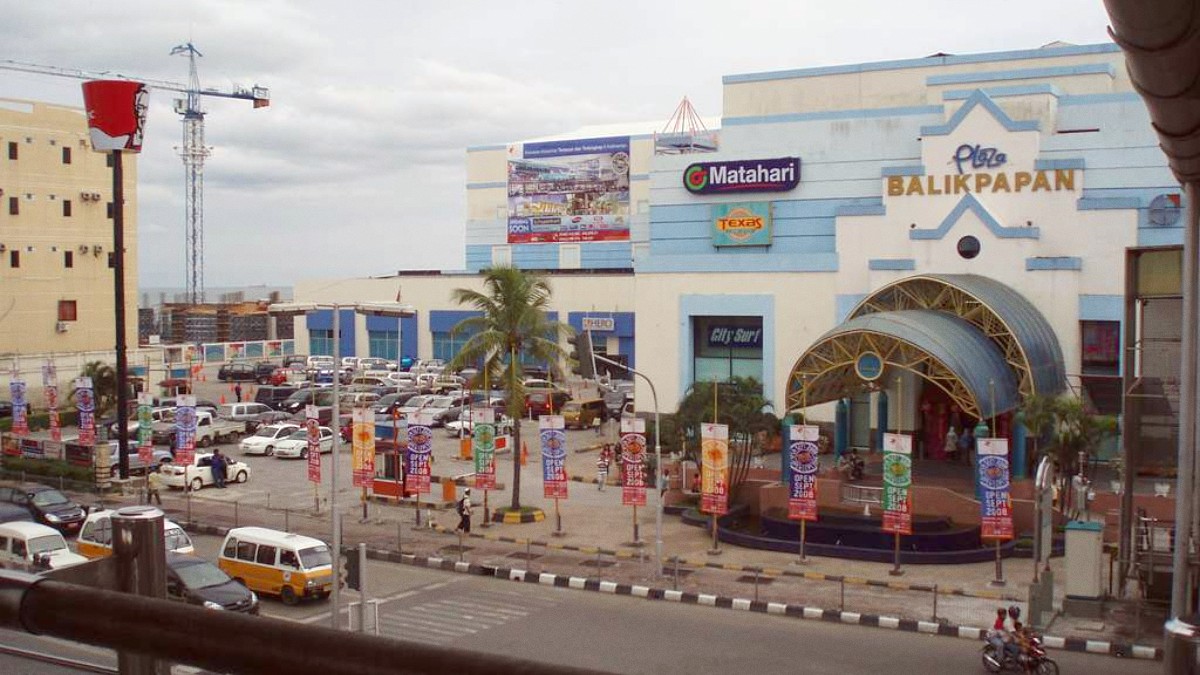
Kalimantan, Indonesia
The city's growth as an oil hub brought people from various Indonesian regions, each bringing their culinary traditions. Javanese, Bugis, Banjar, and other influences mix with local Kalimantan ingredients.
Seafood stands out due to the city's coastal position. The food scene, while modern, keeps traditional Indonesian foundations.
Indonesians often eat with their right hand, especially at informal eateries. Cutlery is usually a spoon and fork. Dishes are often shared among diners.
Say "permisi" (excuse me) to pass or get attention. Tipping is not customary; many restaurants include a service charge and tax.
Most food in Balikpapan is Halal. In traditional warungs, you might be asked to remove your shoes before entering.
A Balikpapan specialty. The entire crab, including its soft shell, is edible after deep-frying. Often served with black pepper, Padang, or chili sauce.
Find at: Dandito Restaurant and other seafood places.
Fresh fish, marinated in spices and grilled over charcoal. It develops a smoky flavor and is typically served with sambal and rice.
Find at: Seafood restaurants along the coast or in the city center.
A popular local fish dish known for its spicy and sour profile. Bawis is a type of fish common in Balikpapan's waters. Served sizzling on a hot stone plate.
Find at: Specialized local eateries focusing on traditional Balikpapan cuisine.
Sliced bananas, battered and deep-fried, often with cheese or chocolate.
A rich, dense, multi-layered cake with many egg yolks and spices, popular for special occasions.
Upscale hotels (e.g., Novotel or Swiss-Belhotel) offer fine dining with international menus and sophisticated ambiance for special occasions.
Plenty of mid-range options, many specializing in fresh seafood where you can select your fish or crab from tanks. Offer comfortable settings and consistent food quality.
Warungs (small eateries) offer local dishes, often buffet-style, at affordable prices. Street food stalls are budget-friendly and offer a dynamic experience.
International cuisine options are mostly found in shopping malls and larger hotels. You can find Chinese, Western (burgers, pizza), and some Japanese choices.
Head to malls like Plaza Balikpapan or E-Walk for specific international cravings.
These venues often provide a comfortable, air-conditioned environment with a broader selection of global dishes.
Good for a change of pace from local fare.
Look for Gado-Gado, Tahu, Tempe. Ask for "tanpa daging" (without meat). Shrimp paste may be present.
Most food is Halal. Kosher food is generally not available.
Challenging to find labeled. Rice is GF. Cross-contamination is possible. Communication can be hard.
Use Google Translate. Consider accommodations with kitchenettes for severe allergies.
The culinary scene highlights fresh seafood restaurants, often with local flair.
Many offer harbor views for a pleasant dining ambiance.
While formal culinary tourism is not the main draw, engaging with locals in markets or small eateries offers informal food culture experiences.
Consider asking locals for their favorite hidden gems.
Do not miss the street food scene for quick, tasty, and affordable meals.
Try both sweet (Martabak Manis) and savory (Martabak Telor) versions of this popular Indonesian pancake.
Balikpapan's food scene, while not a major tourist draw for culinary tours, presents many authentic flavors.